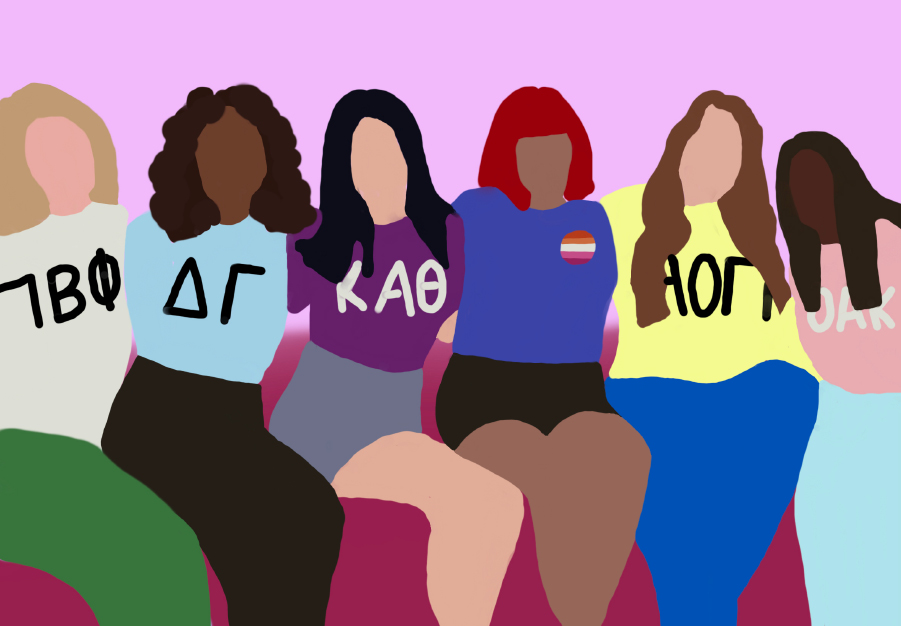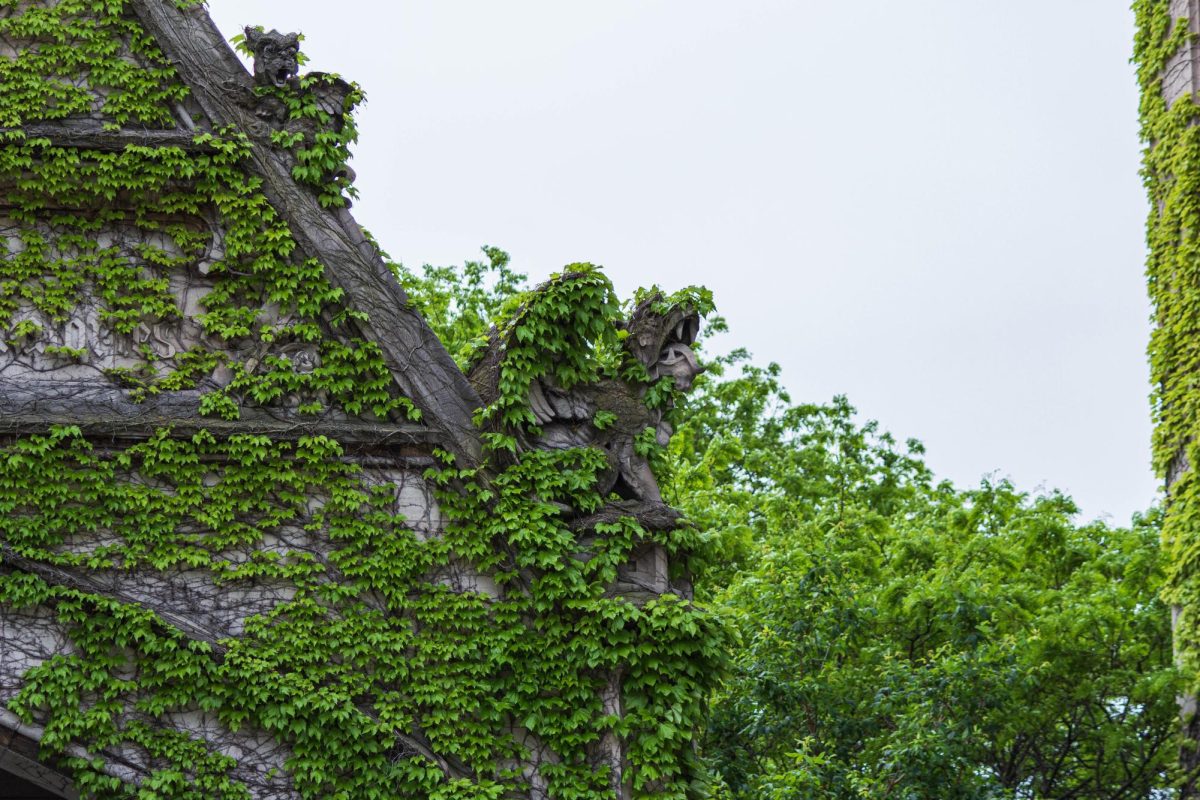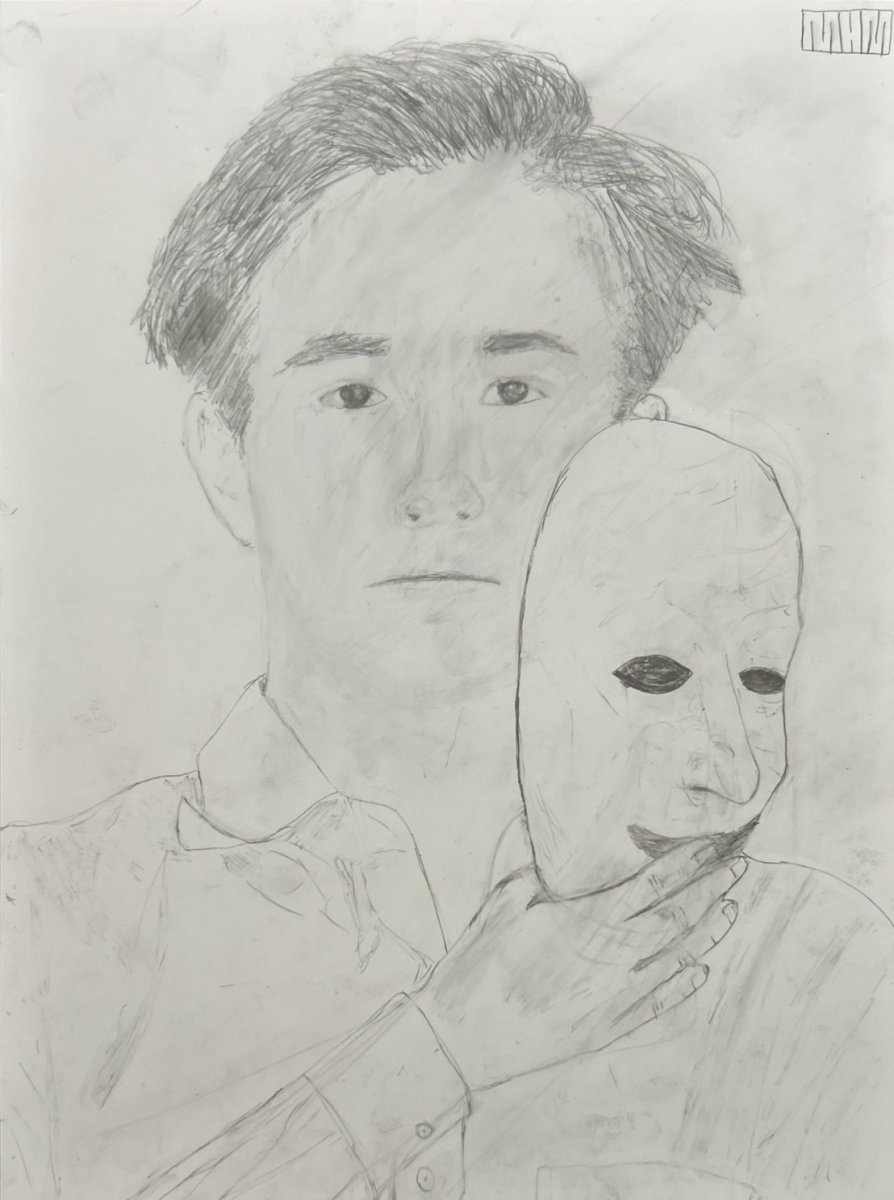The early bird gets the best housing…or so they say. For years, the University rewarded the incoming first-years who submitted their enrollment deposits first with the highest preference in the housing lottery. This system facilitated the development of distinct “dorm personalities” like the “quintessential UChicago experience dorm,” the “athletic dorm,” and the self-declared “people’s dorm.” Students seeking a so-called stereotypical housing experience (think castles and LOTS of Gothic architecture) might chose Snell-Hitchcock or Burton-Judson Courts over the megadorm style of Campus North Residential Commons. However, the University has decided that for graduating classes following the Class of 2022, dorm assignments will be made in a completely random order, not based on time of enrollment deposit. While this reform emphasizes impartiality to socioeconomic status, it compromises core values associated with UChicago’s student community. The University’s intention to promote the continuity of house culture does not take into account the influence social media has on admitted students. Arguably, the combination of larger class sizes and the inevitable closing of satellite dorms puts UChicago’s beloved house culture at risk.
The random housing policy comes with one concrete benefit: It promotes equality of access to every type of housing for students of all socioeconomic backgrounds. A major flaw in the University’s standard housing policy is the marginalization of students who rely on financial aid. These students do not have the luxury of being able to apply and commit to universities in the early application cycle. Rather, many have to weigh all their options and choose a school that makes the most financial sense for their family. In previous years, this has meant that these students commit to UChicago closer to the May 1 deadline. As a result, they are ranked low on the housing lottery and often end up in a dorm they did not select.
The reality is that our current housing policy privileges students of higher socioeconomic backgrounds. According to a survey conducted by The Maroon, 40 percent of respondents from the Class of 2021 attended private high schools, and approximately 70 percent of students in the Class of 2021 ranked Campus North or Max Palevsky as their first choice. Applicants able to apply under a binding early decision agreement are often either athletes, who have no entitlement to choosing dorm preferences earlier than others, or come from wealthier backgrounds. Because of this, there’s a number of athletes, private school students, and boarding school students in North and Max P.
The new housing policy also aids the University in adjusting to larger class sizes. The Class of 2022, the University’s largest incoming class of all time, was hit hard with the adverse effects of this year’s policy. Several students were placed into dorms that were not even among their top three and immediately took to the Class of 2022 Facebook group to find someone willing to exchange dorms with them. Such posts seeking new housing accommodations continue well into eighth week. With a long-term plan to expand class sizes to 1,700 students, a random housing policy enables the University to operate with impartiality.
While this reform will enable students of all social and economic backgrounds to have an equal opportunity when it comes to getting their first-choice dorm, there are still some major flaws in the housing system. Houses create a safety net for students, giving them an instant social sphere. This net can be both beneficial and frustrating in the age of social media. Engaging with people from a variety of academic and geographic backgrounds provides a holistic social scene for students. However, many admitted students reach out to each other months before arriving on campus, establishing friendships and networks of communication long before college starts. For these students, house culture can stifle more organic ways of making friends.
The future of house culture is indeed uncertain with the University’s recent push toward megadorms over satellite dorms. Megadorms represent the University’s newest plan to consolidate housing, following in the footsteps of many other elite schools. A decade ago, UChicago was notorious for propagating its Harry Potter–esque housing style. A slew of satellite dorms were scattered across the Hyde Park and Woodlawn areas, promising intimate house culture and a “home away from home.” In the past decade, however, the University has unified these satellite dorms into three main residential commons, with a fourth on its way. The spatial networks of these residential commons enable students to seek out inter-house relationships in a way that would have been difficult under the satellite dorm structure. On the other hand, building dorms for 800+ students puts house culture (what’s considered by many to be the hallmark of the UChicago undergraduate experience) at risk.
Ultimately, it’s unclear what the effects of the University’s new housing reforms will be. The University’s random housing policy has the potential to create a new era of dorms with less rigid stereotypes. However, this potential can’t be fully realized until current students move out of housing; dorm stereotypes will persist for the time being. Furthermore, the University’s intention to promote diverse house life and culture fails to acknowledge the ubiquitous presence of social media; students, inevitably, will reach out to each other on these platforms over the summer and form organic friendships before the year even begins. The intentions of the new housing policy can only be brought about if the University acknowledges the demographics of early applicants, the fluid nature of house culture, and the connectivity of incoming classes.
Brinda Rao is a first-year in the College.







